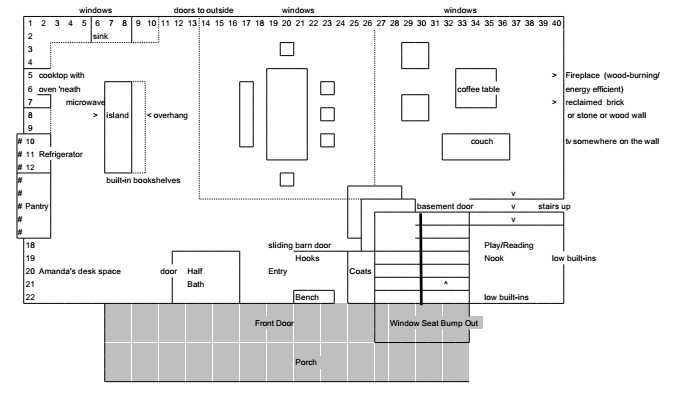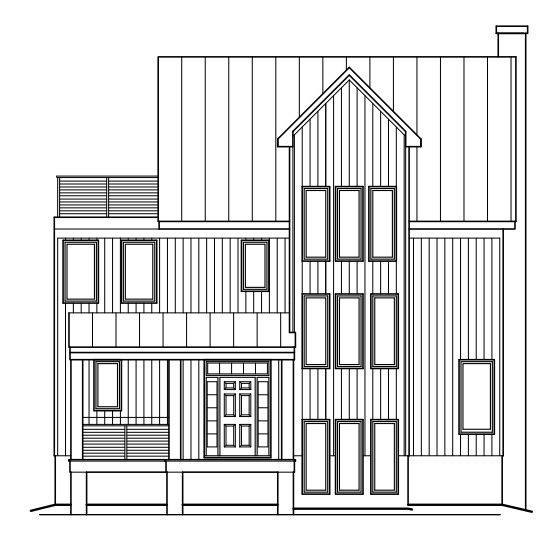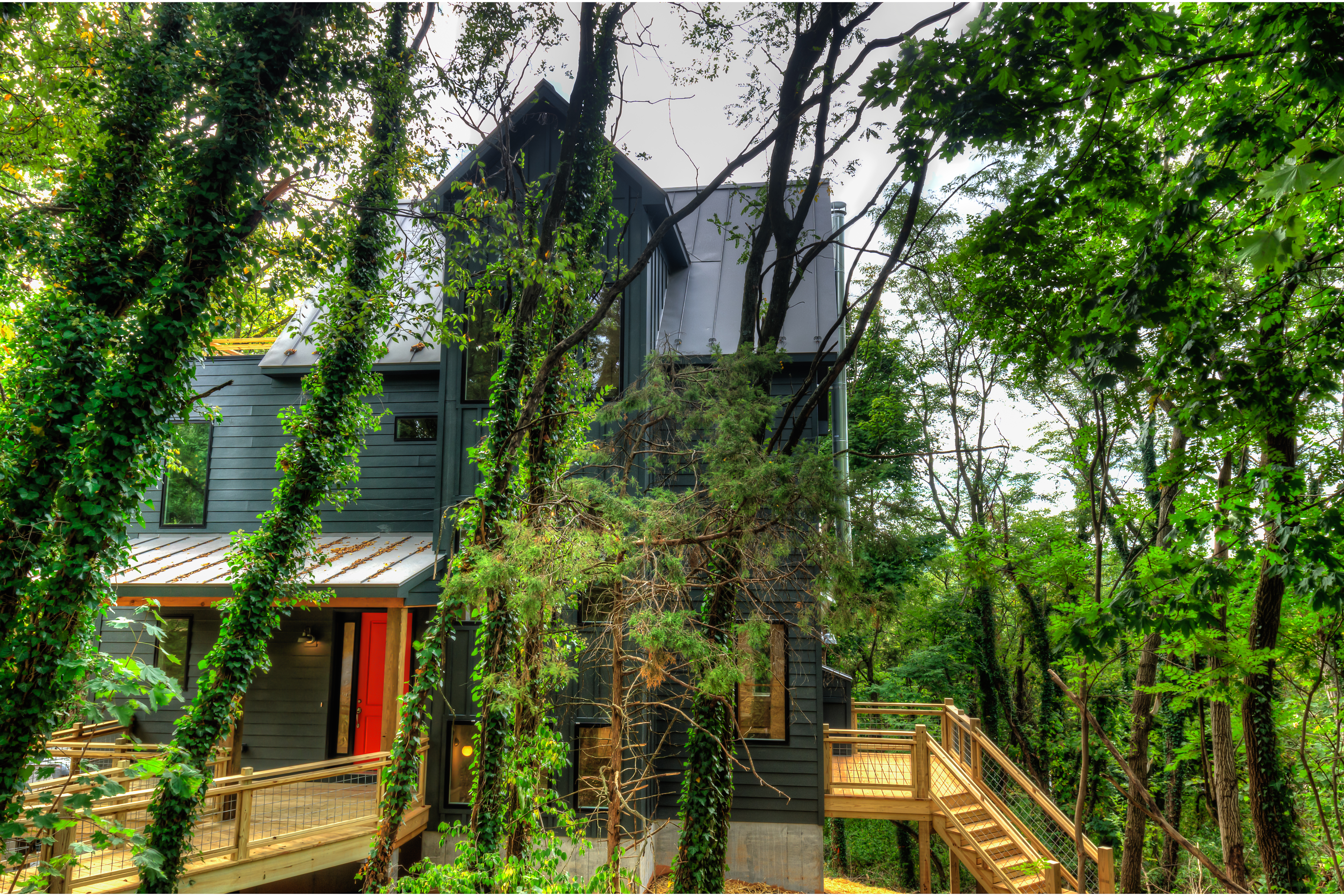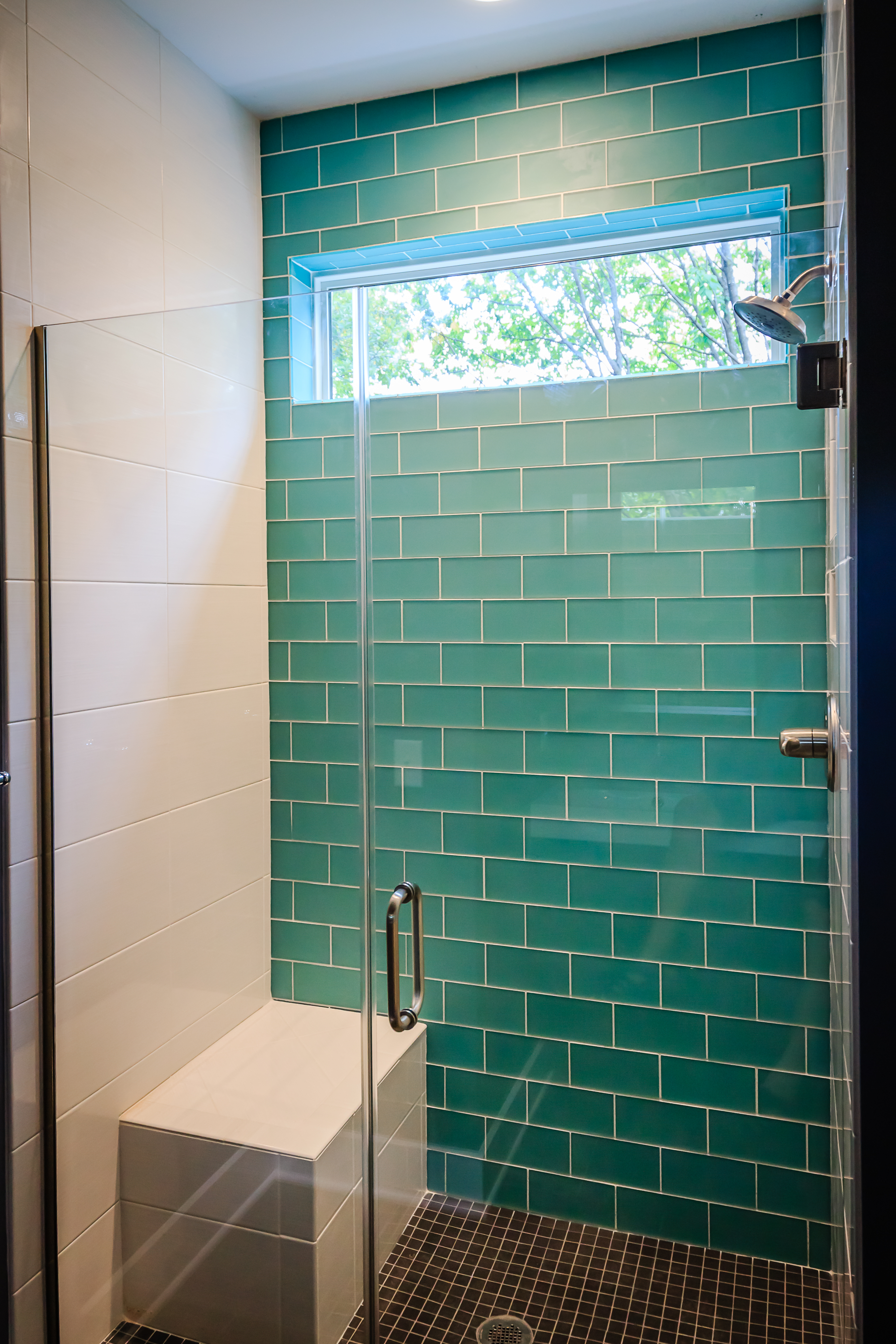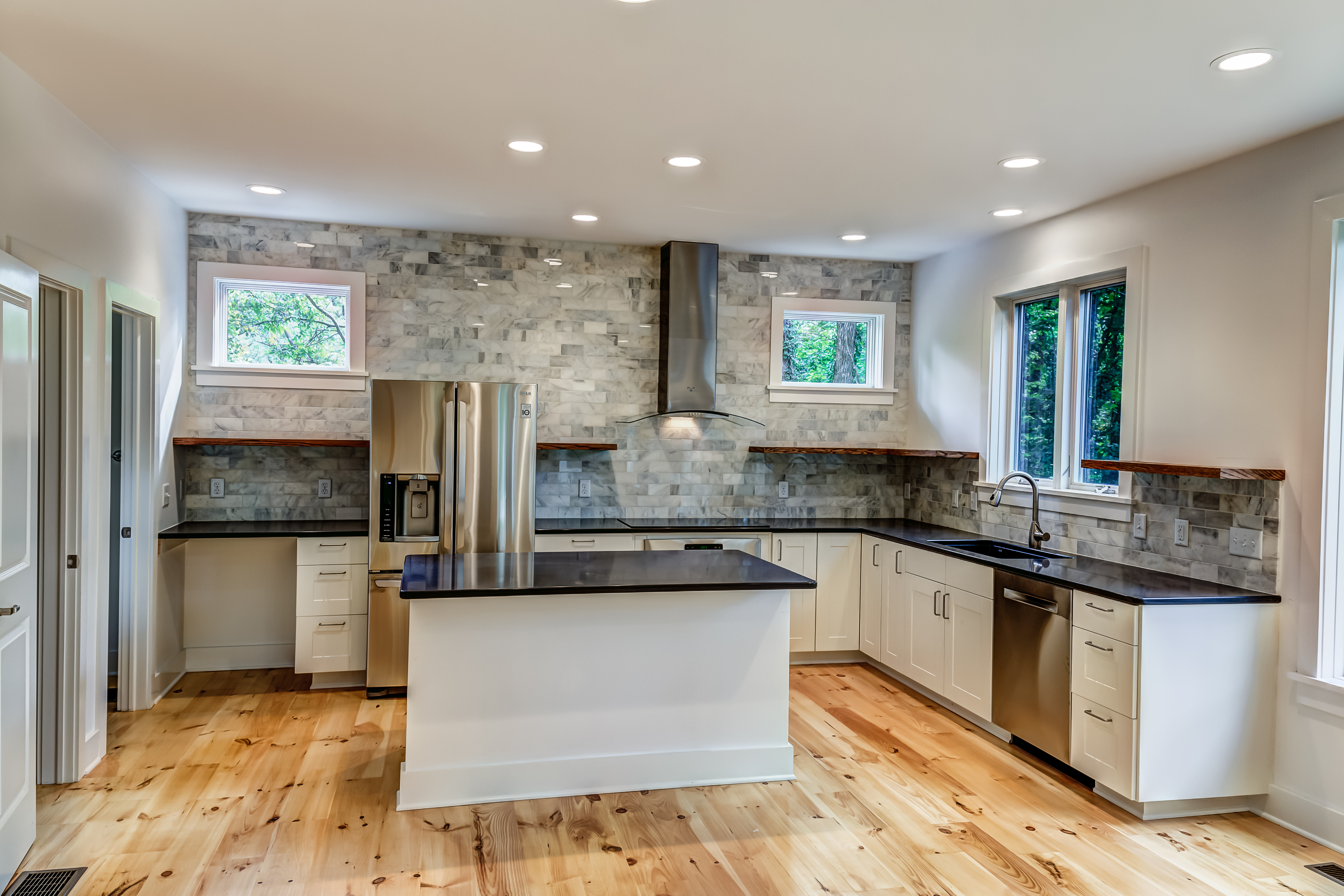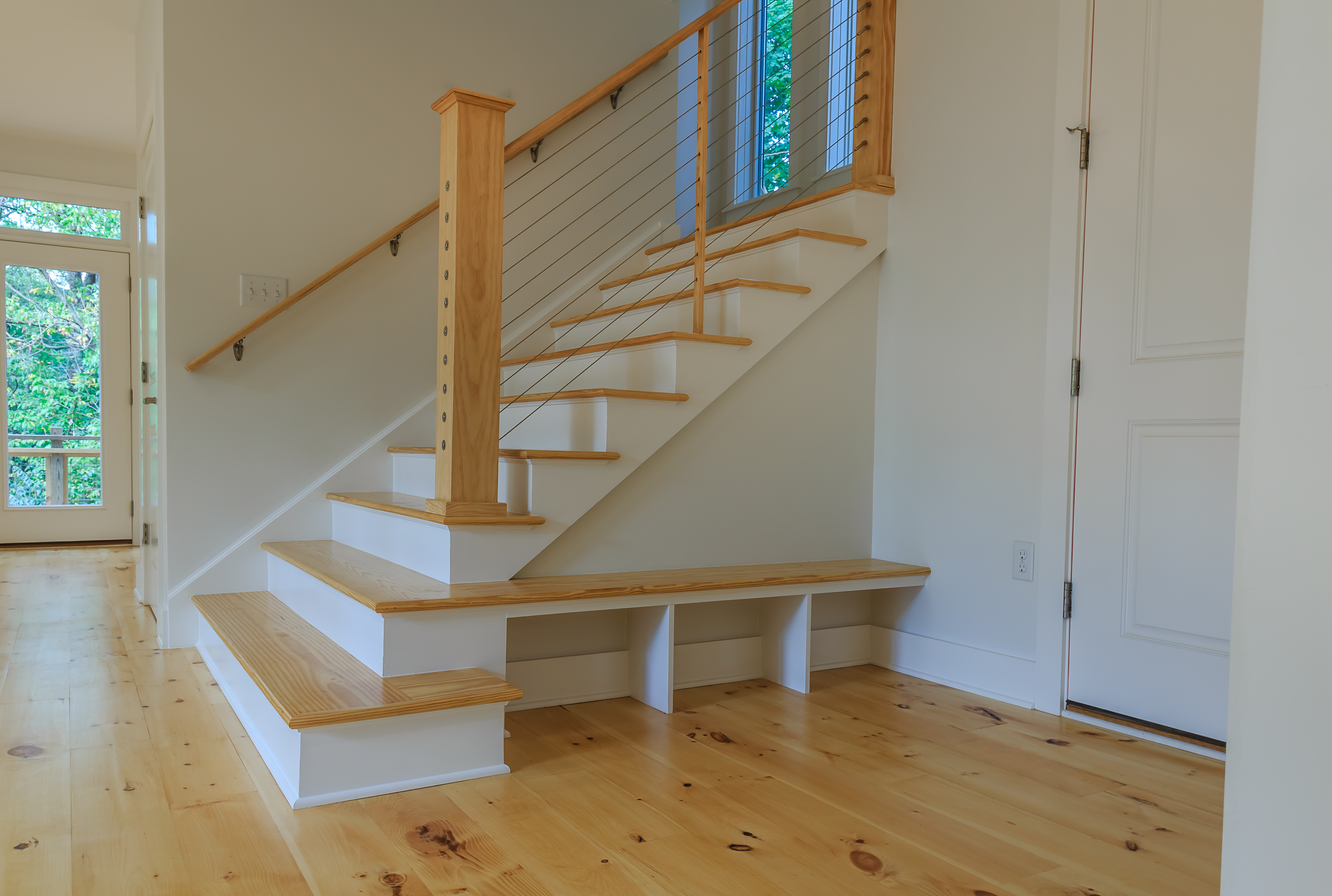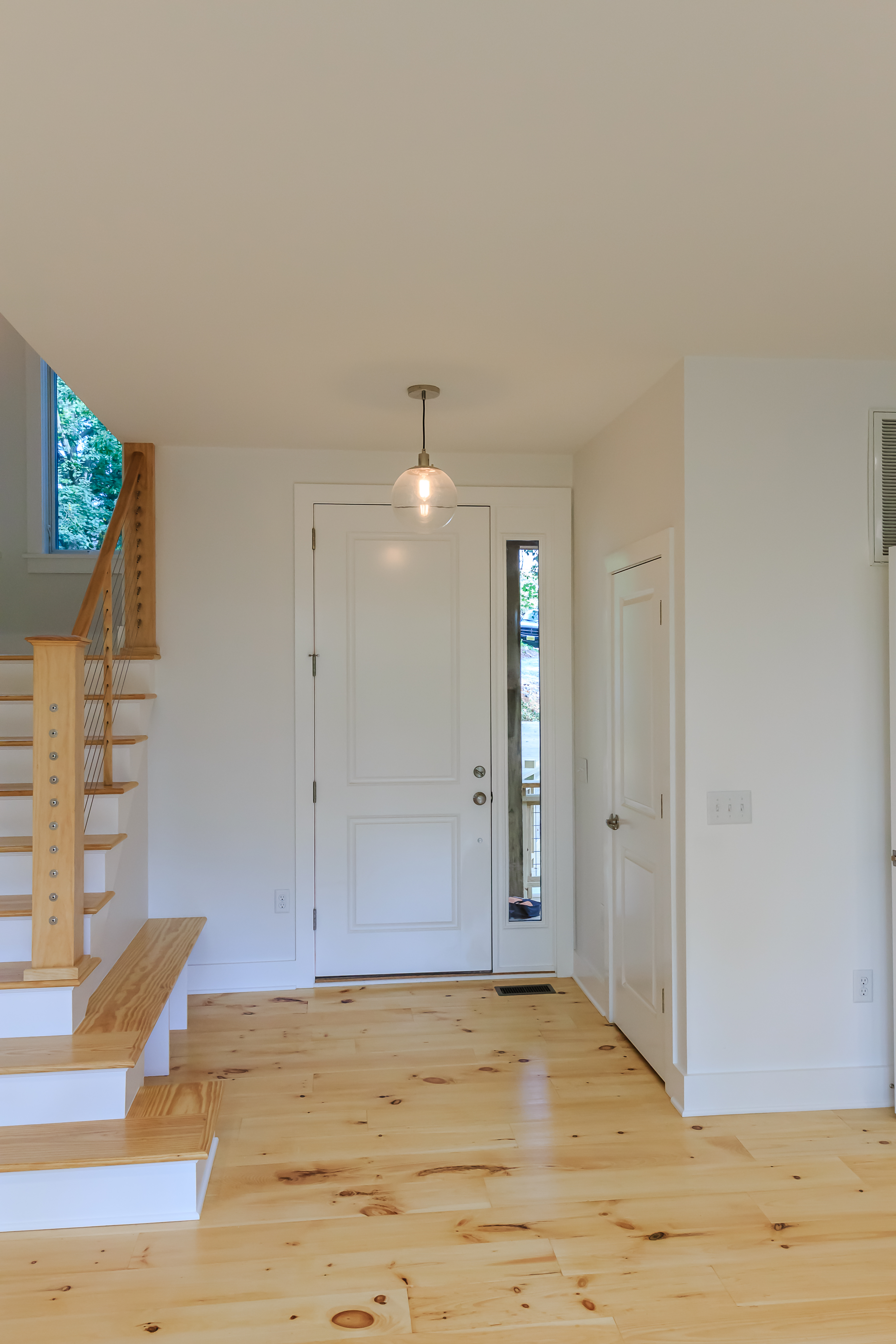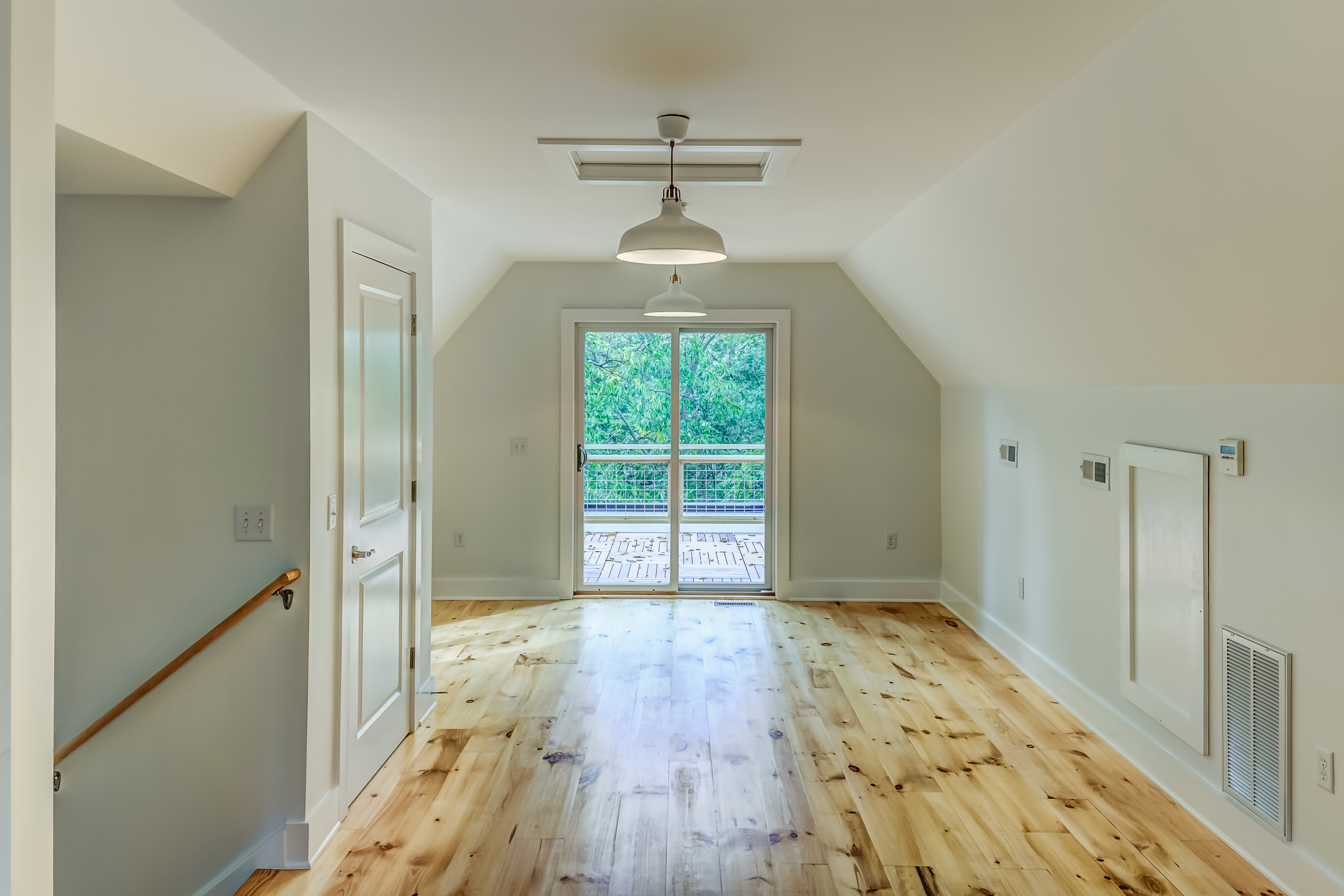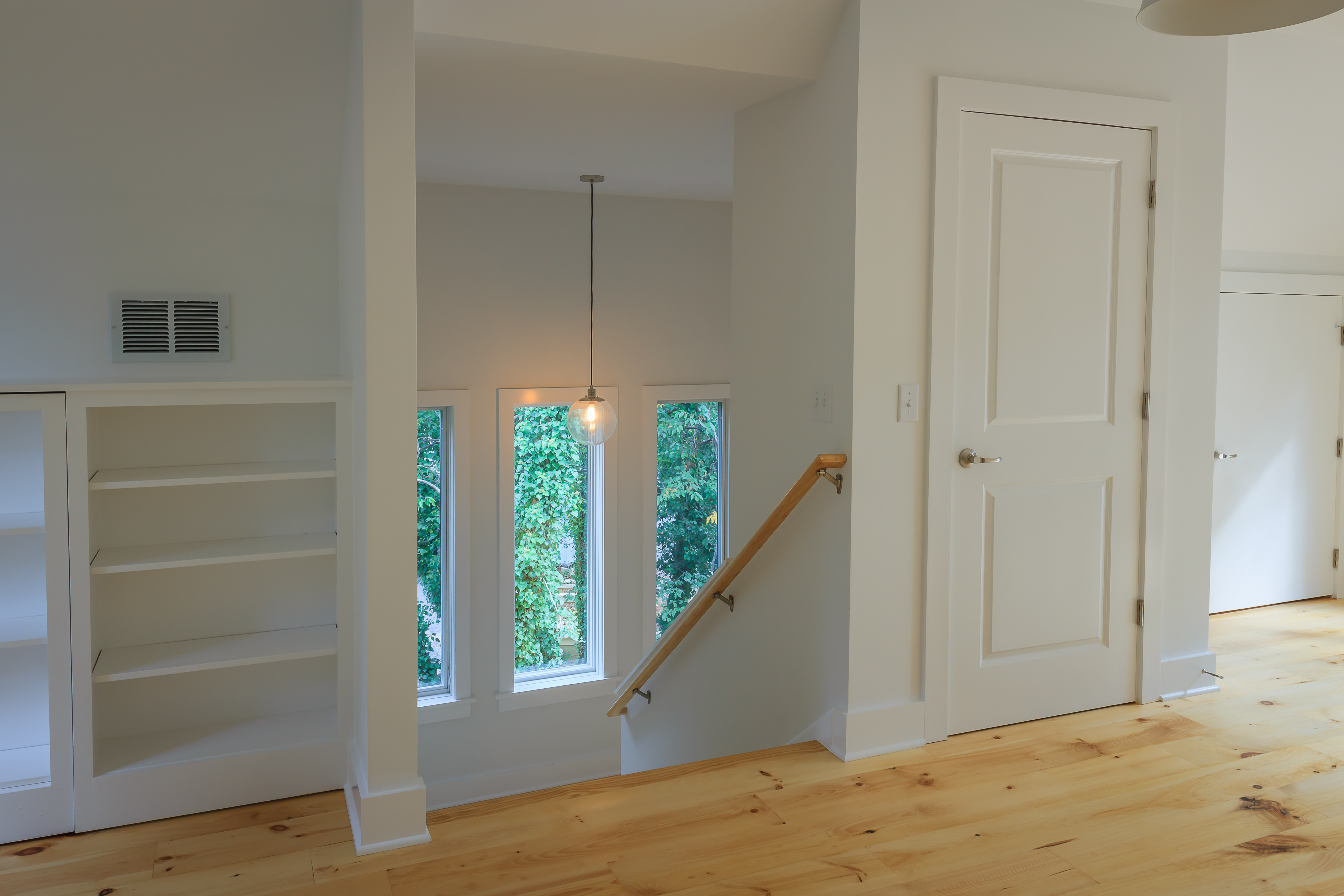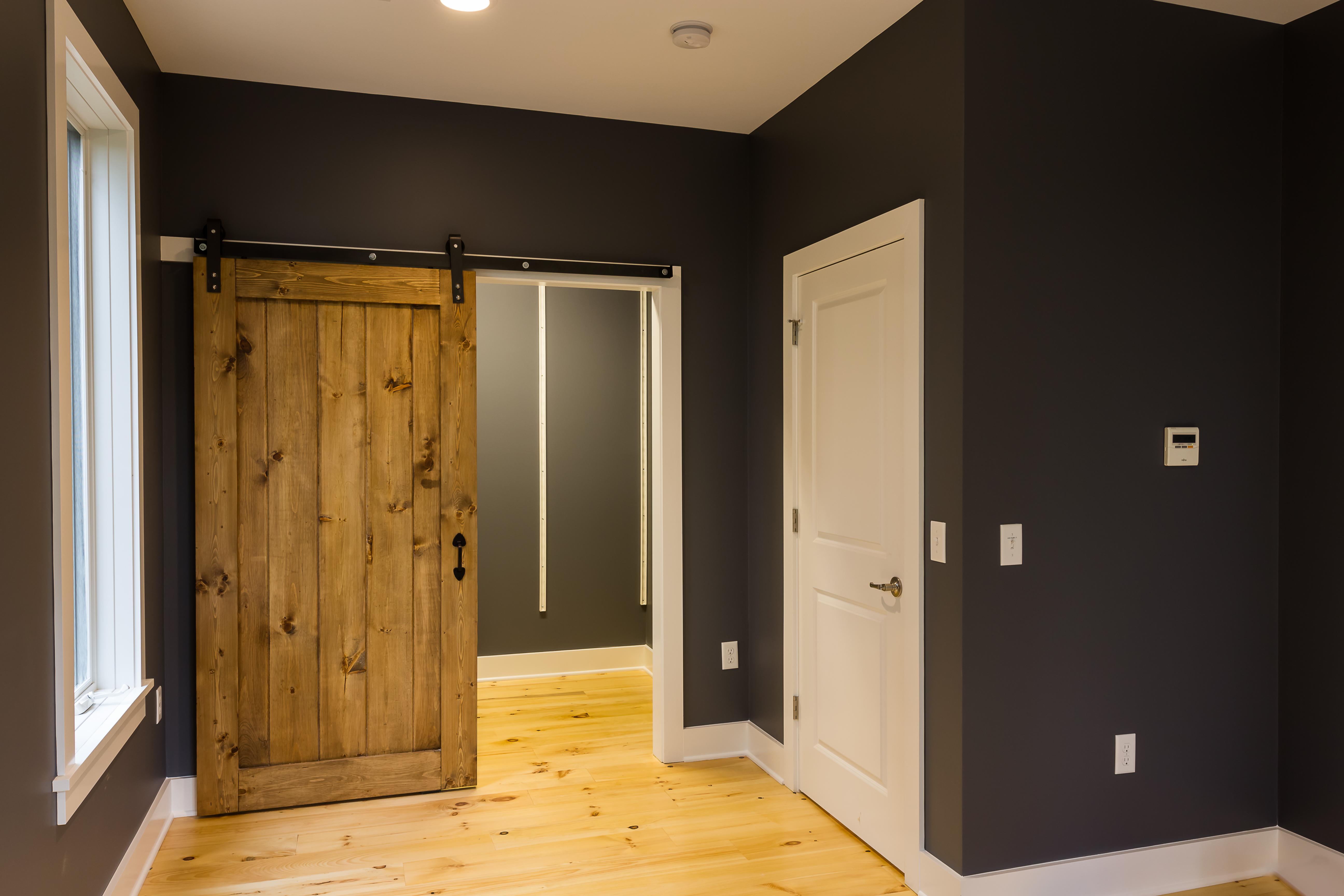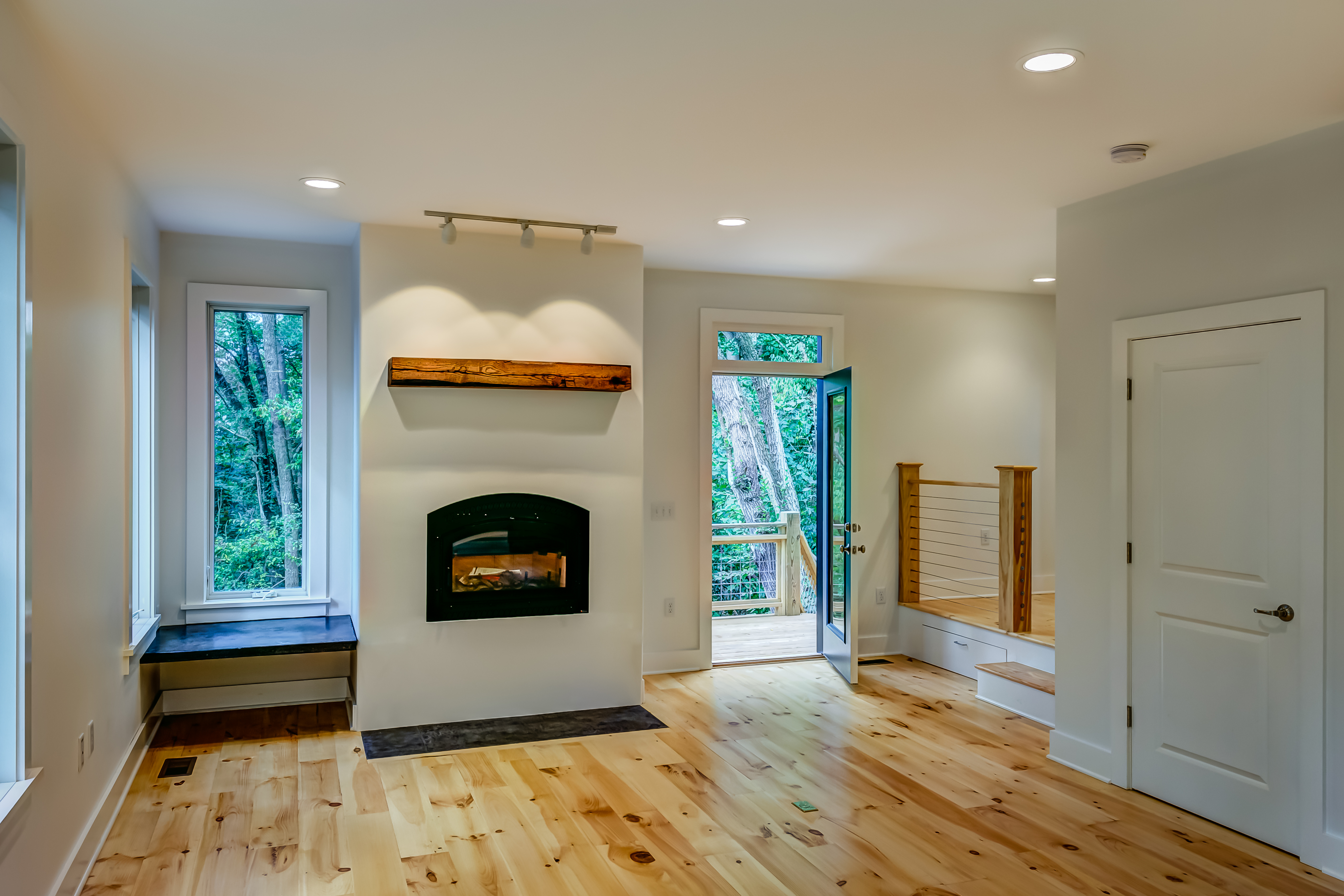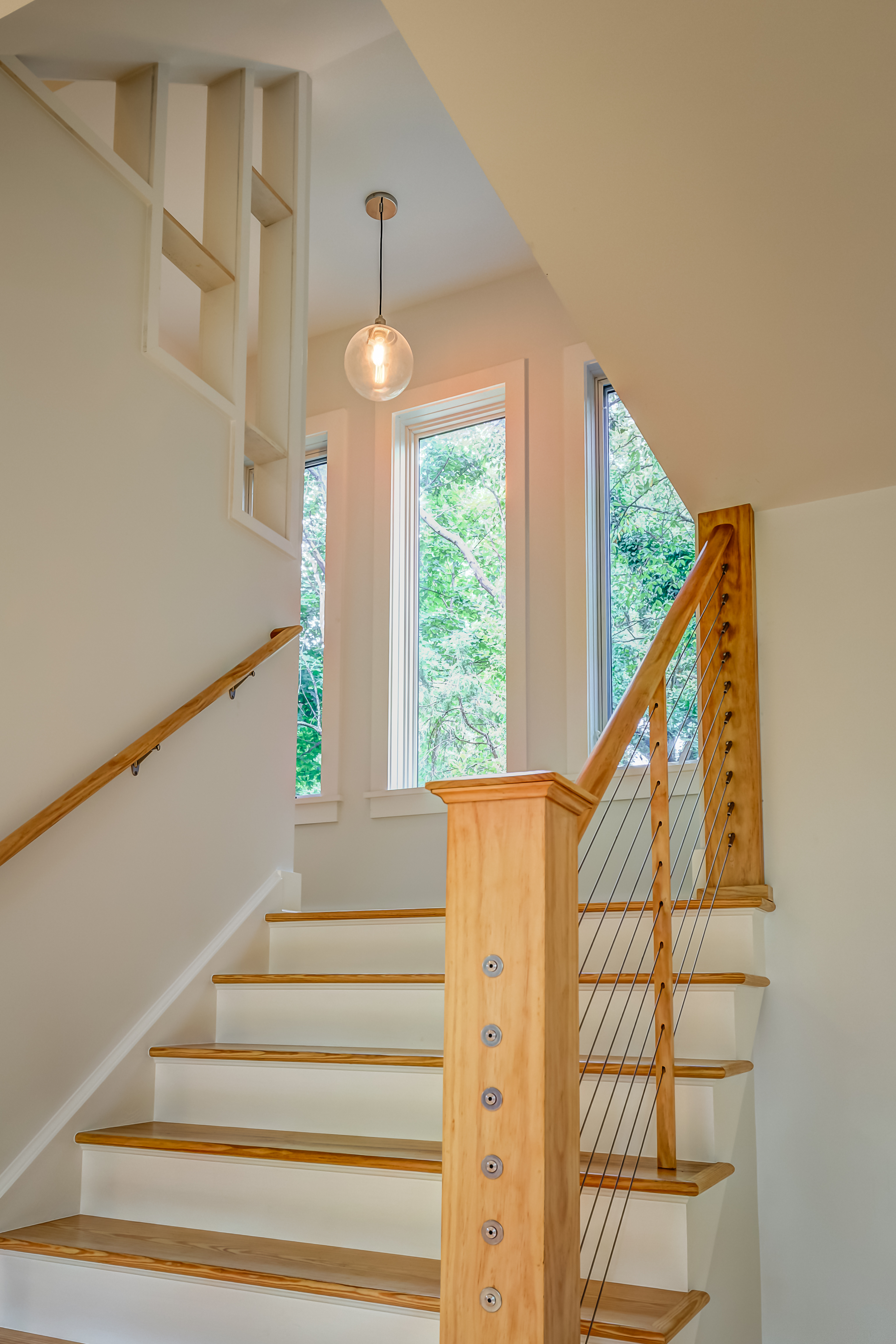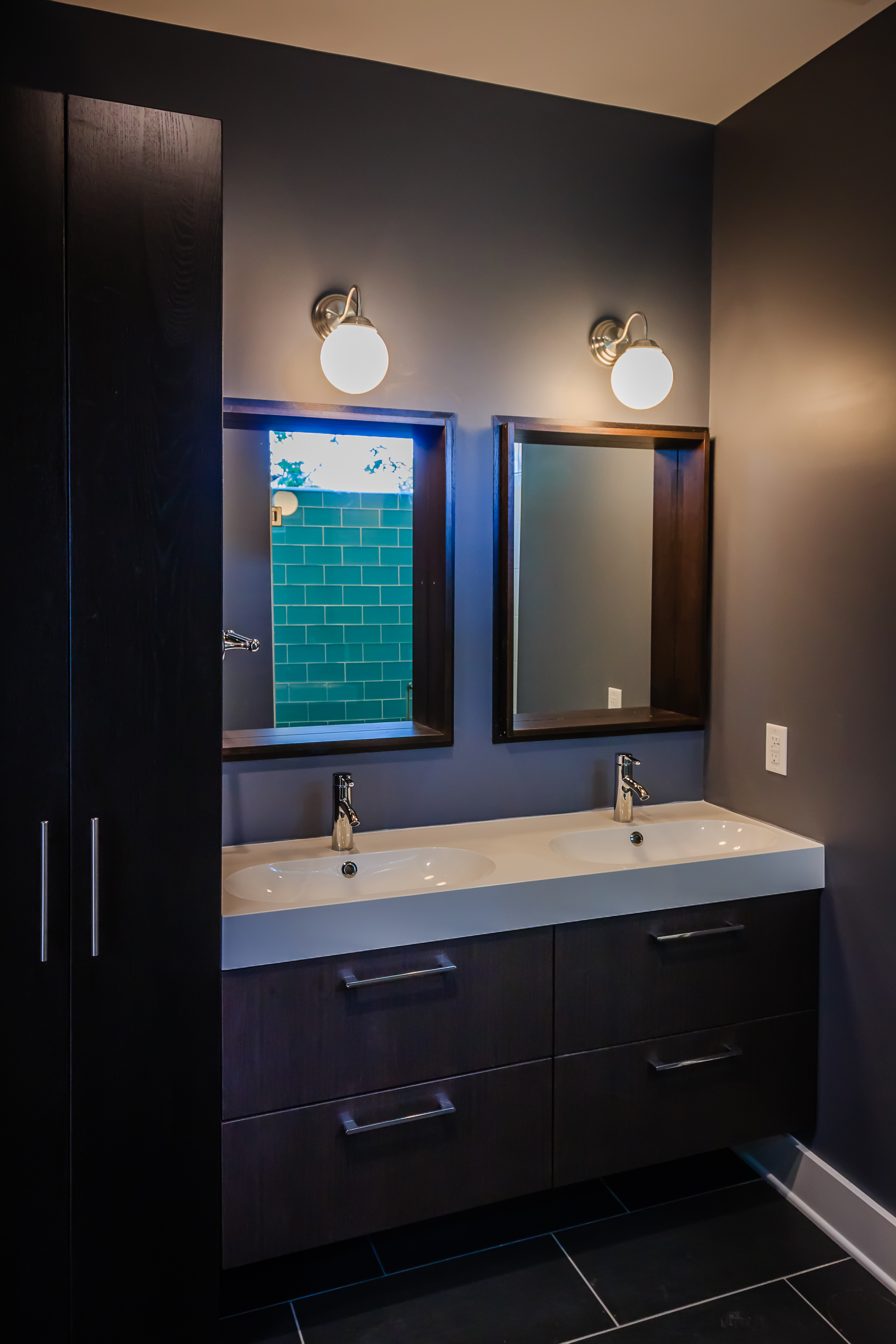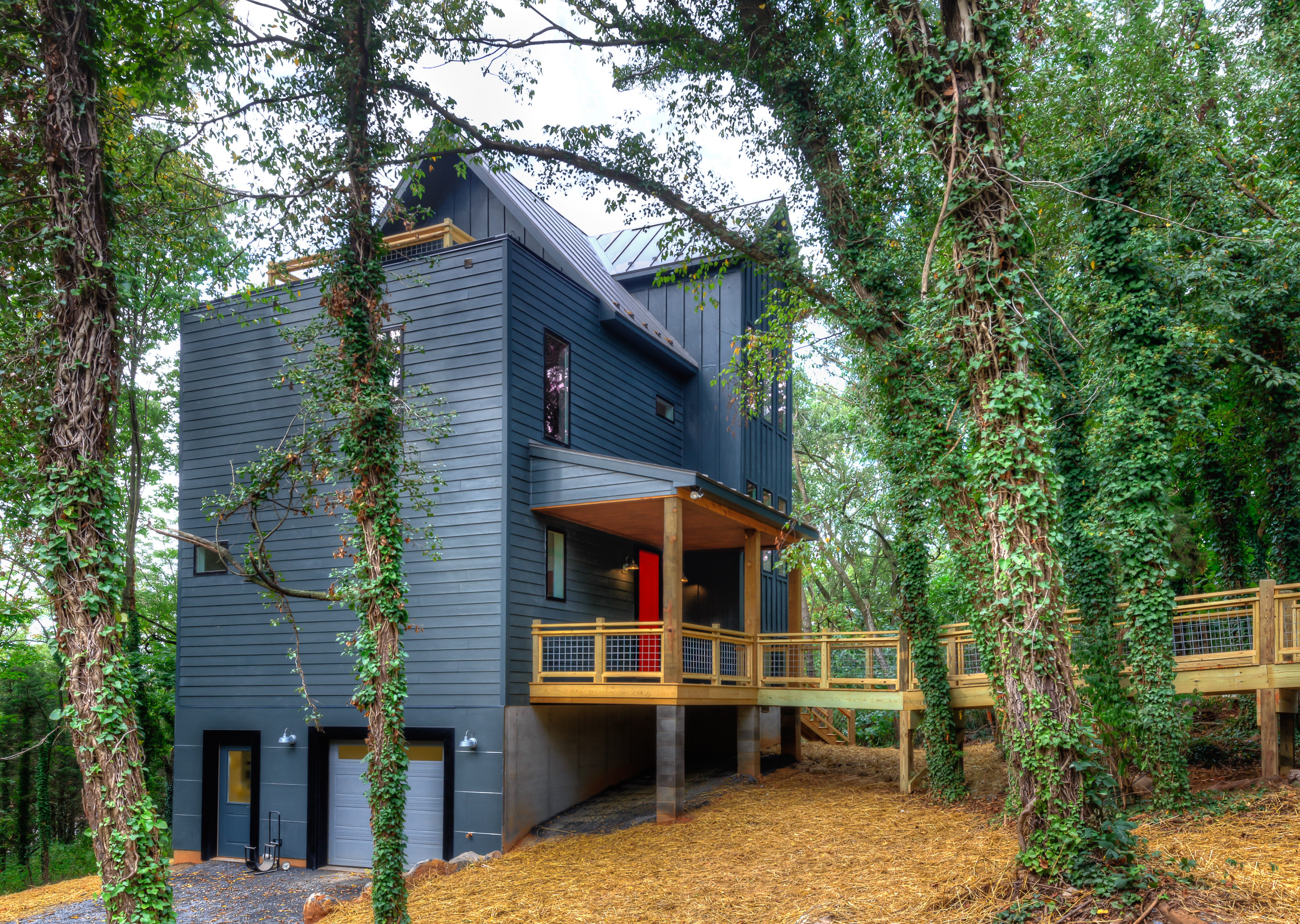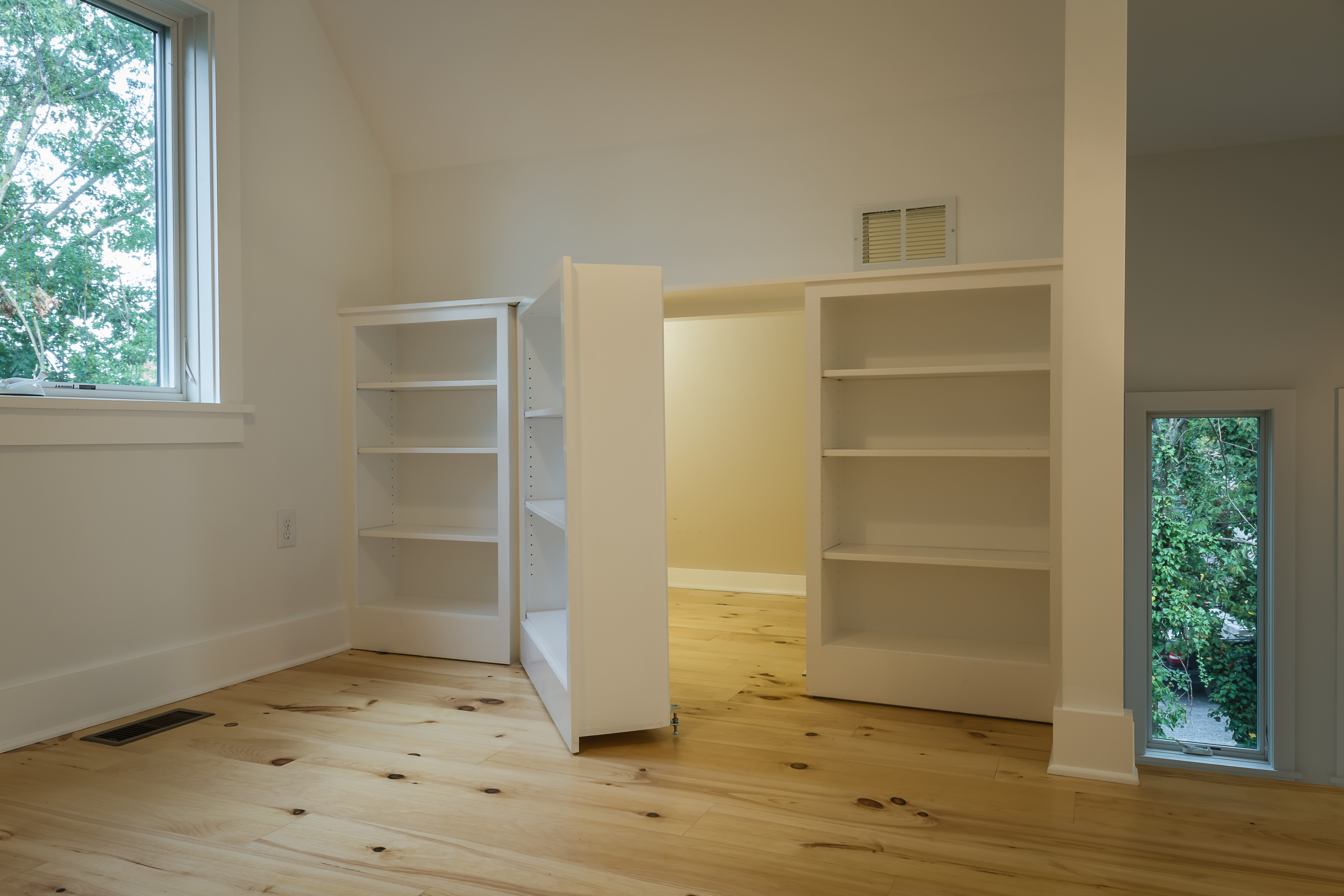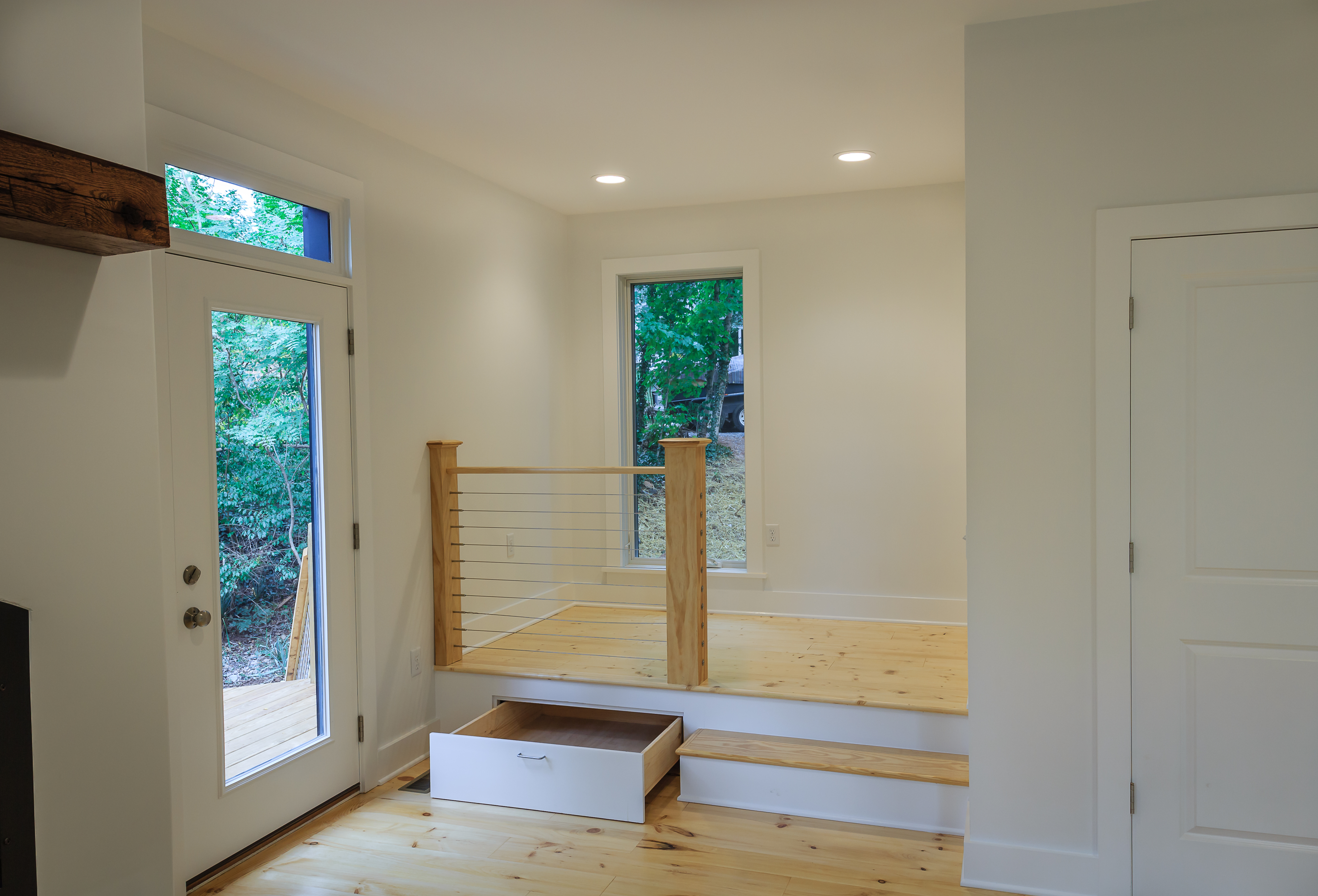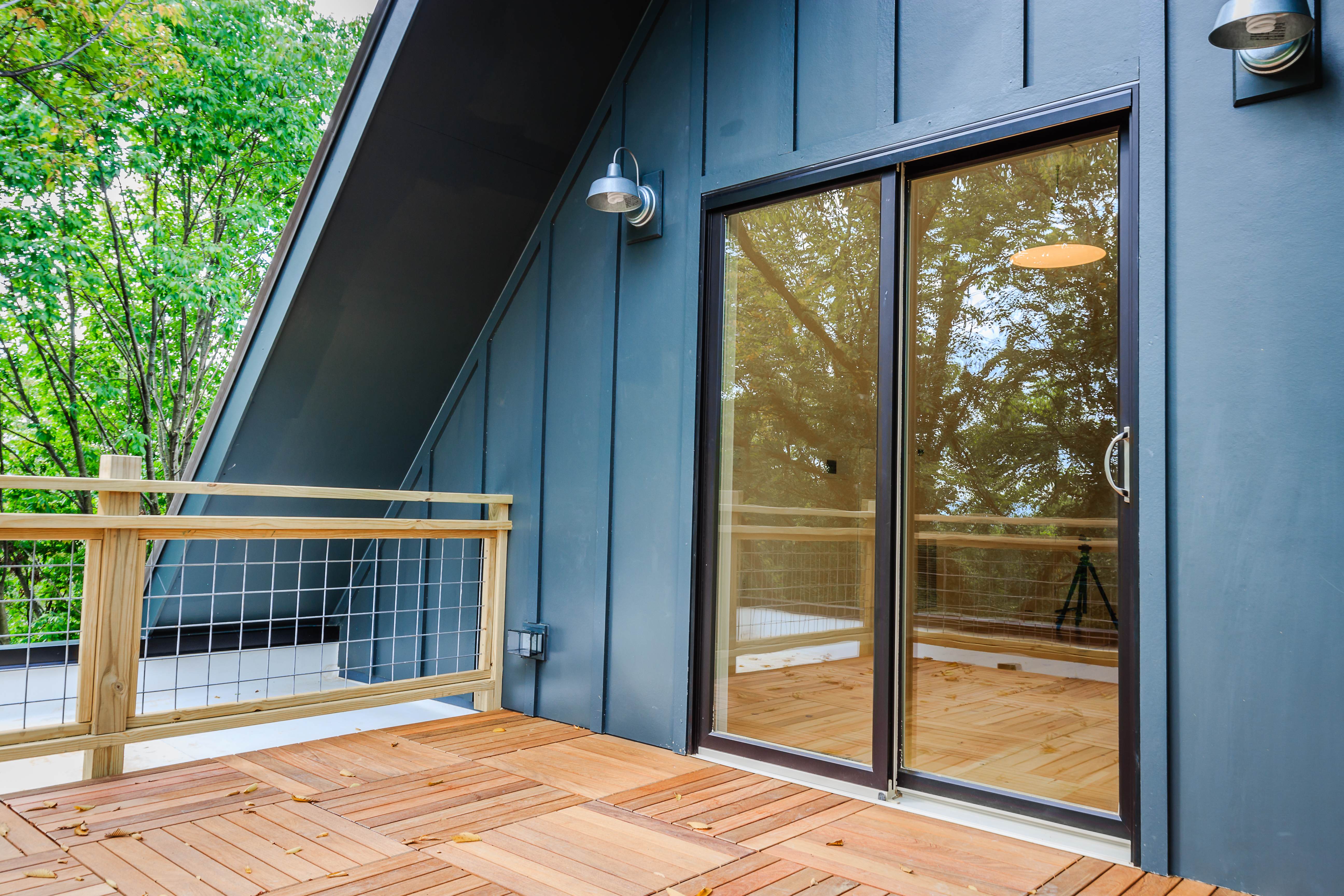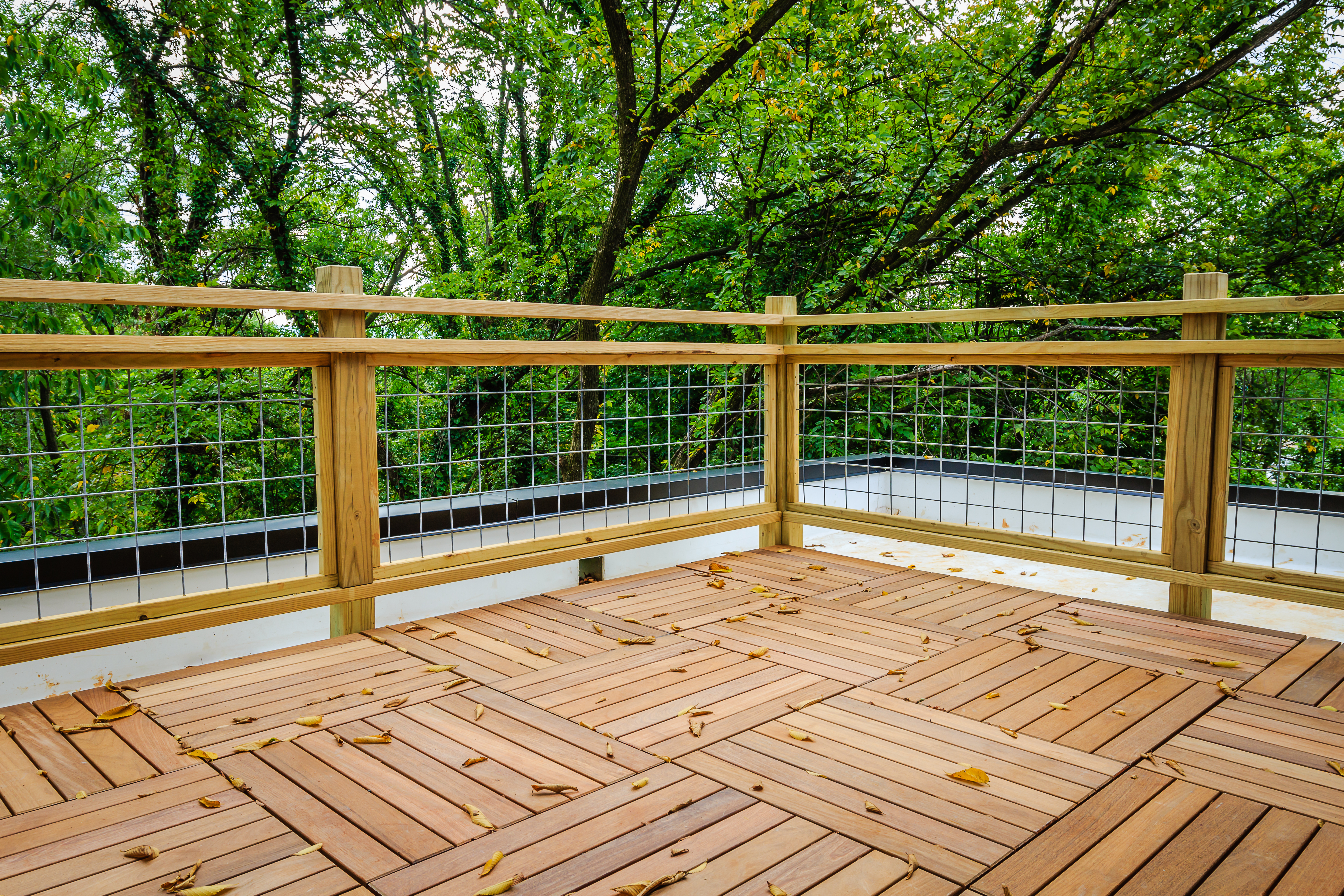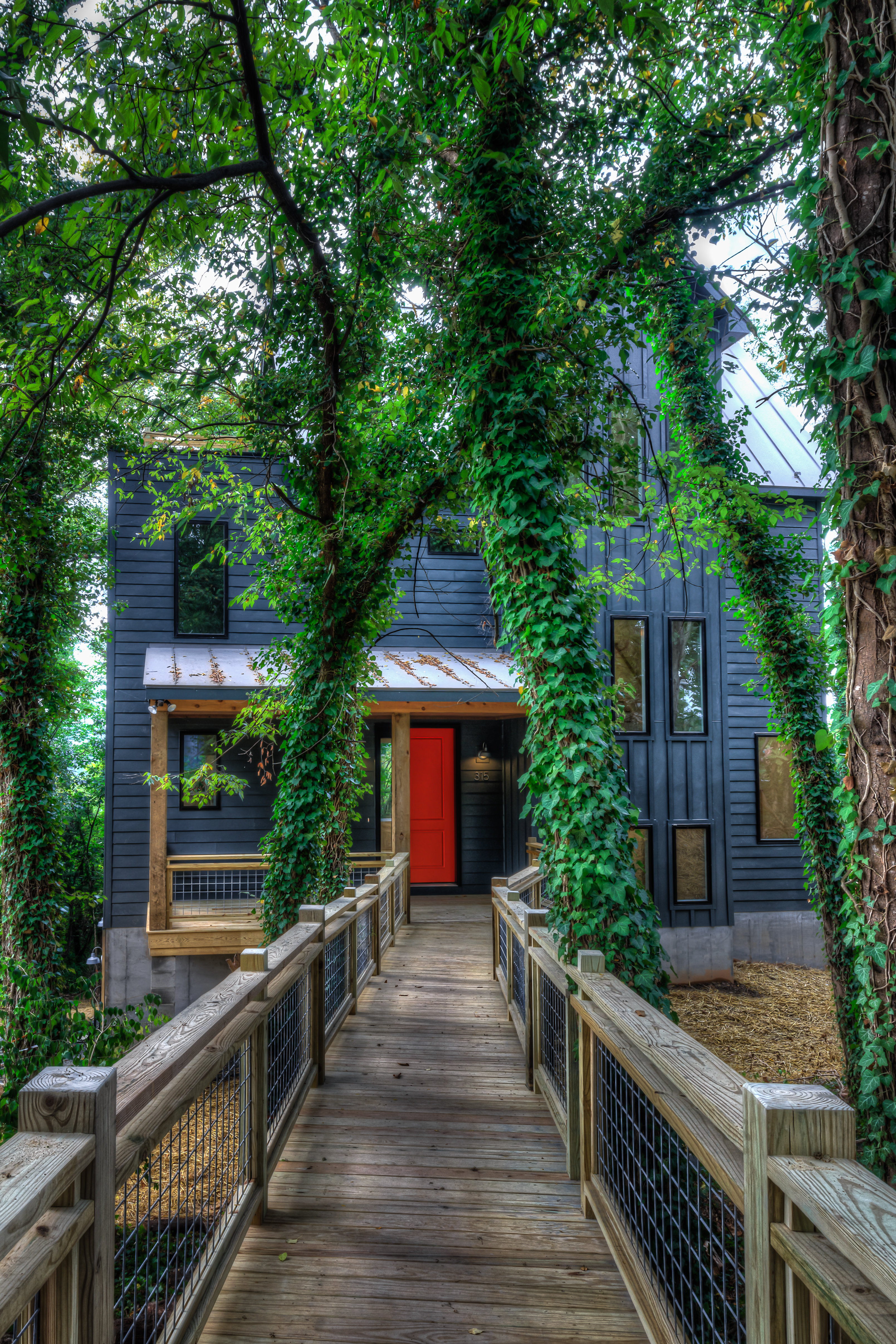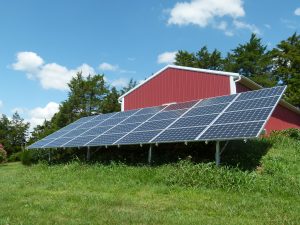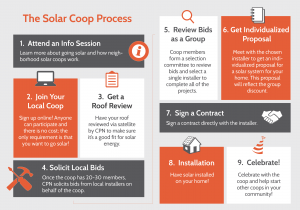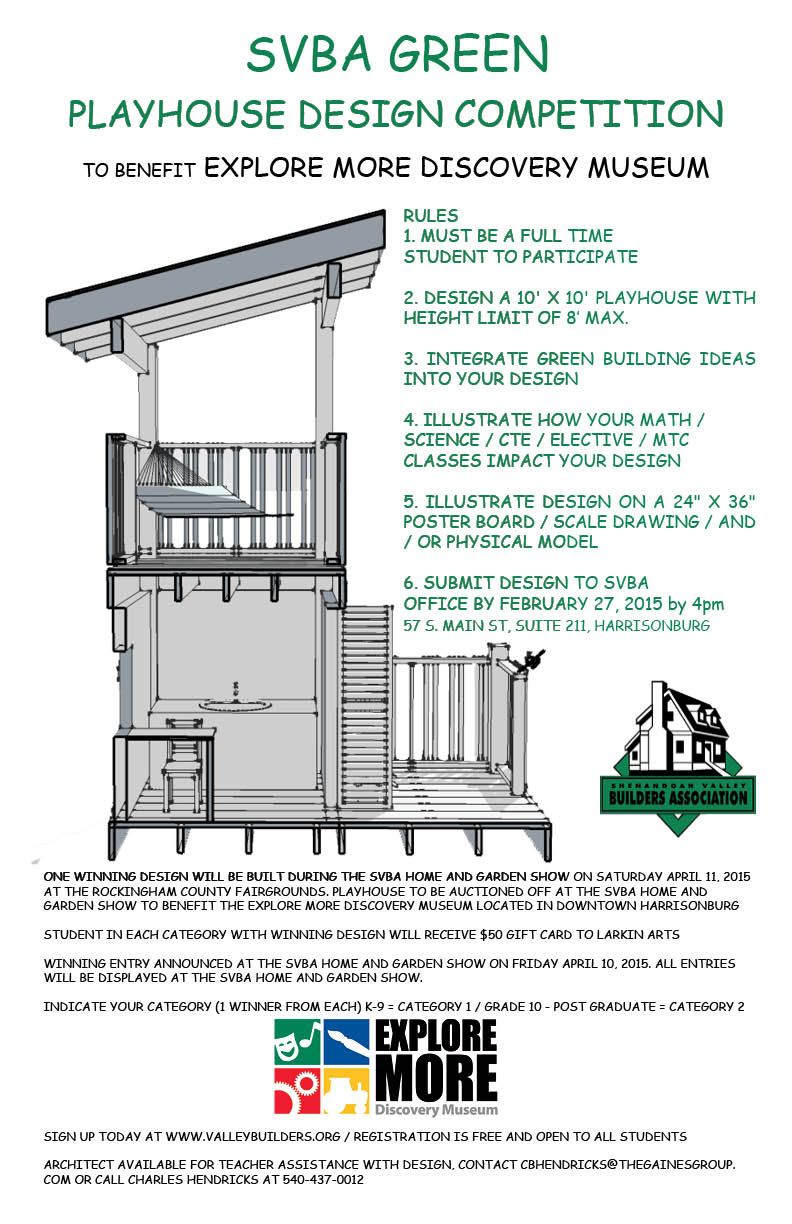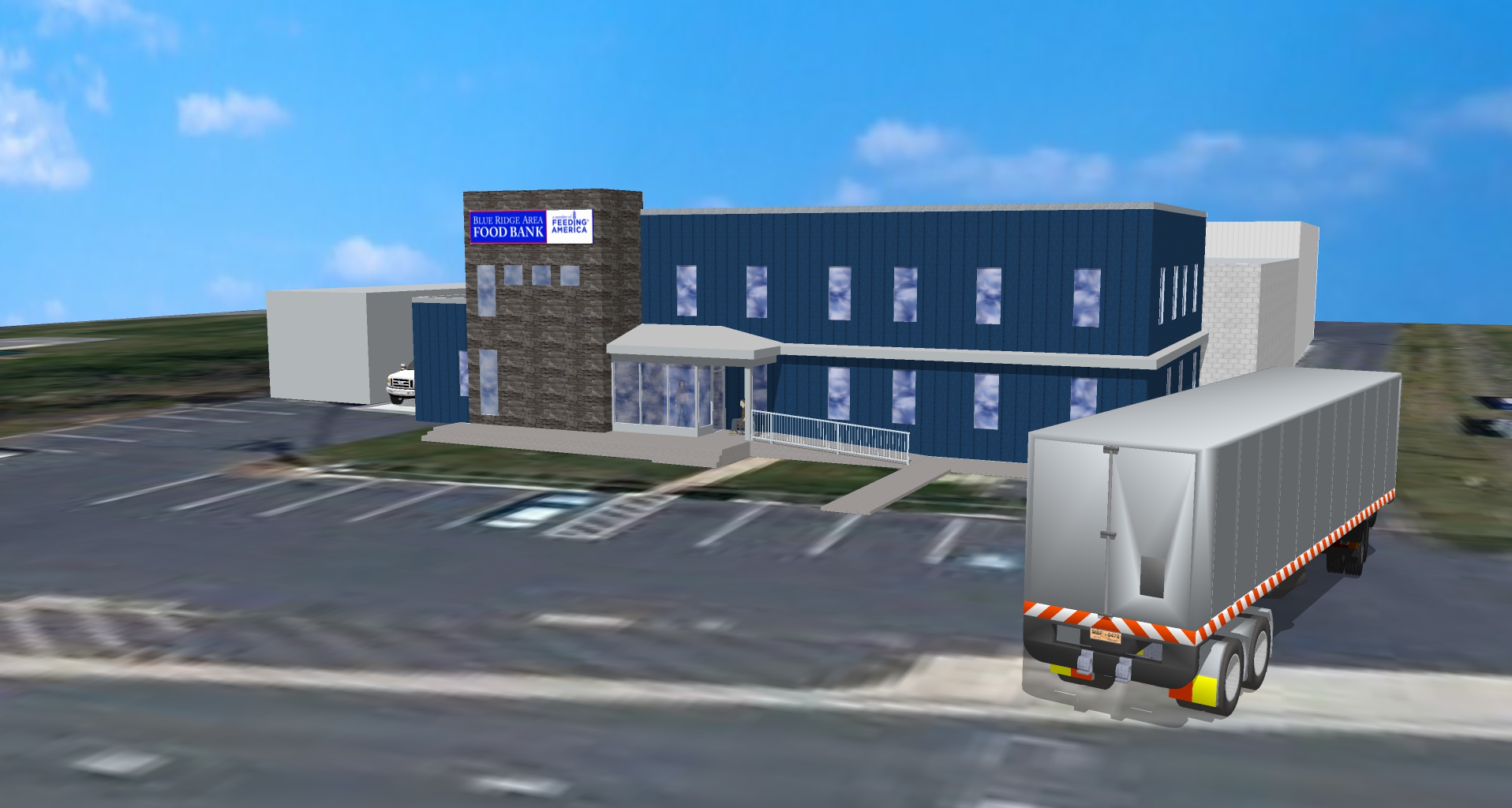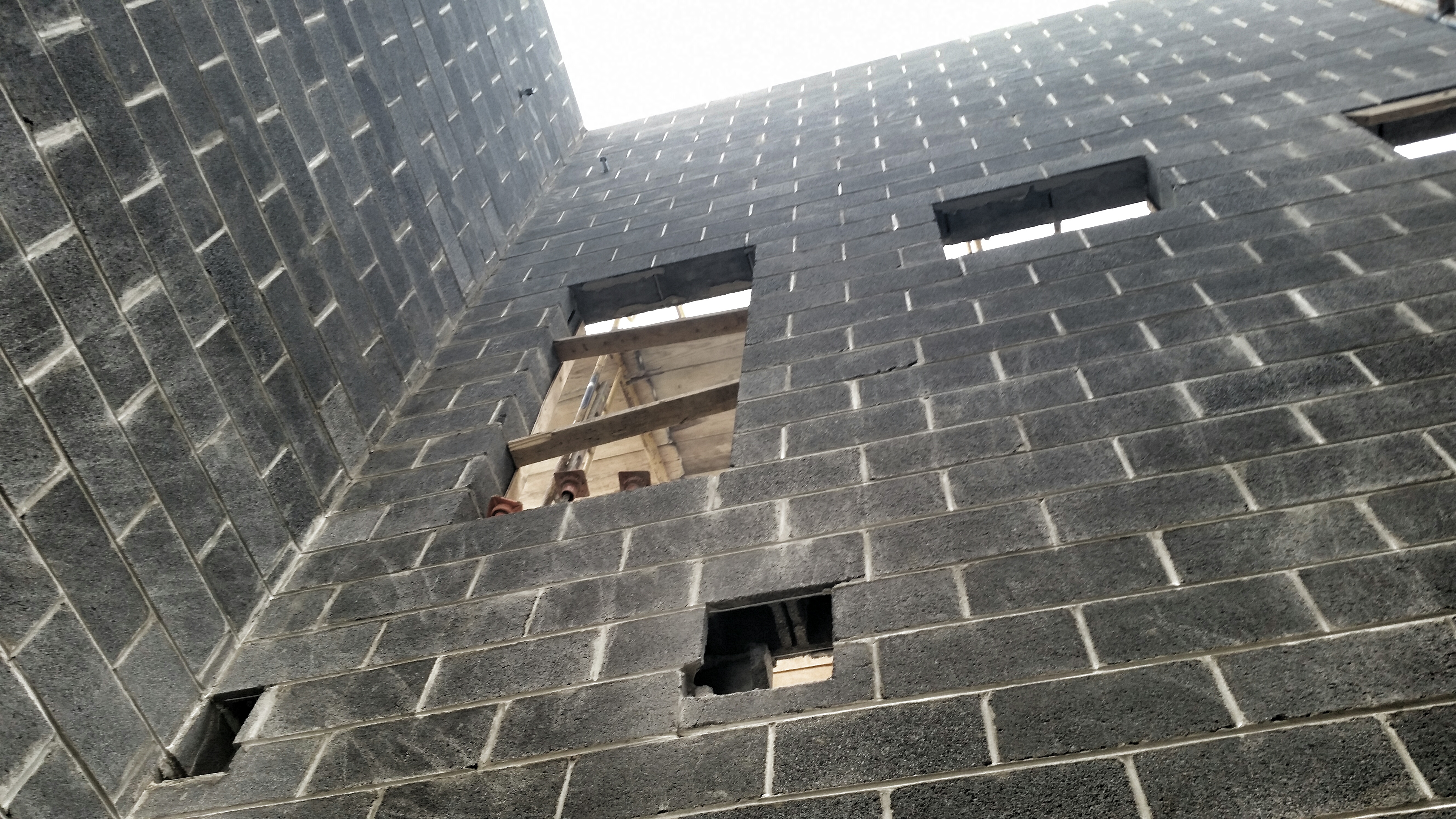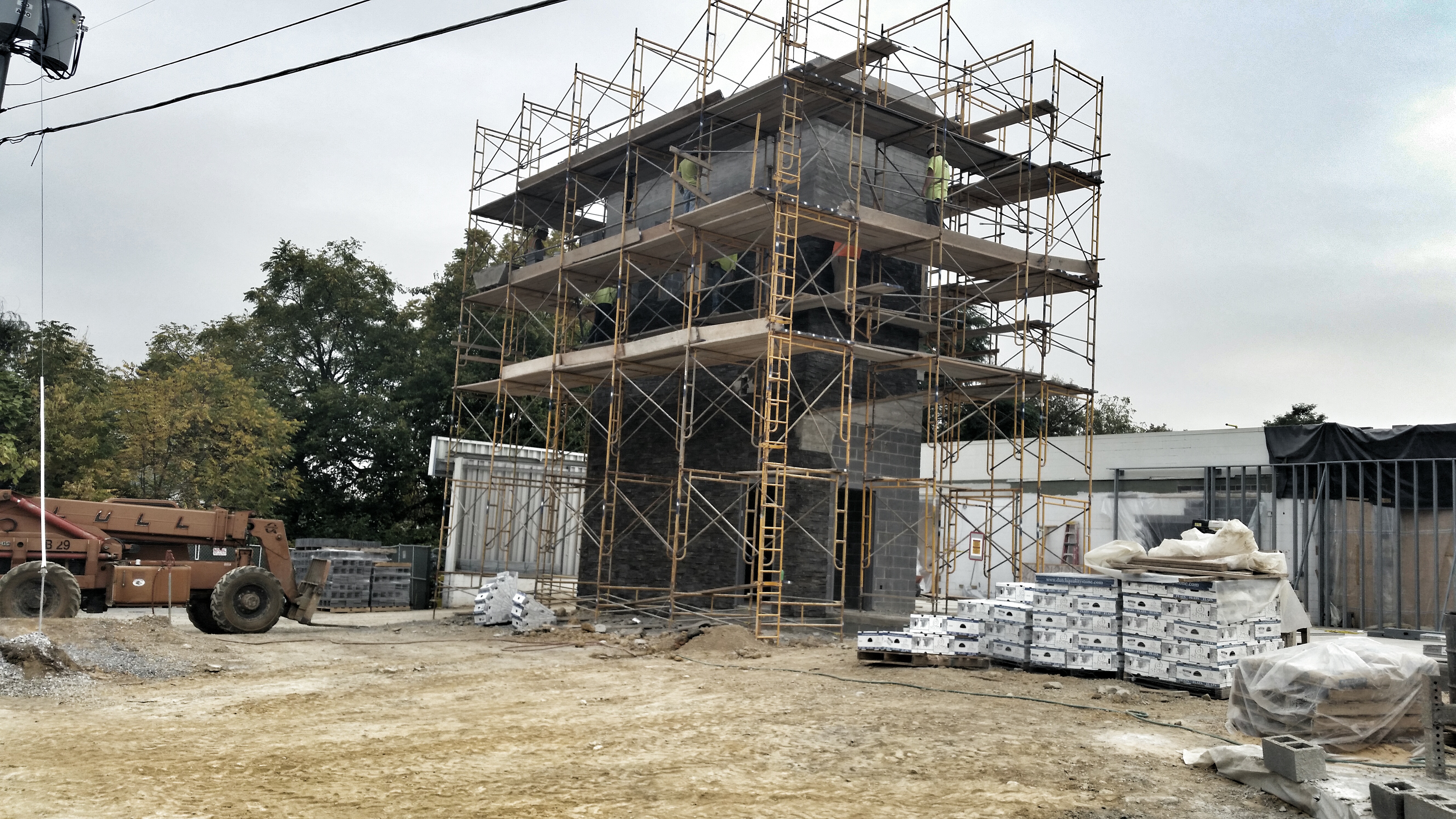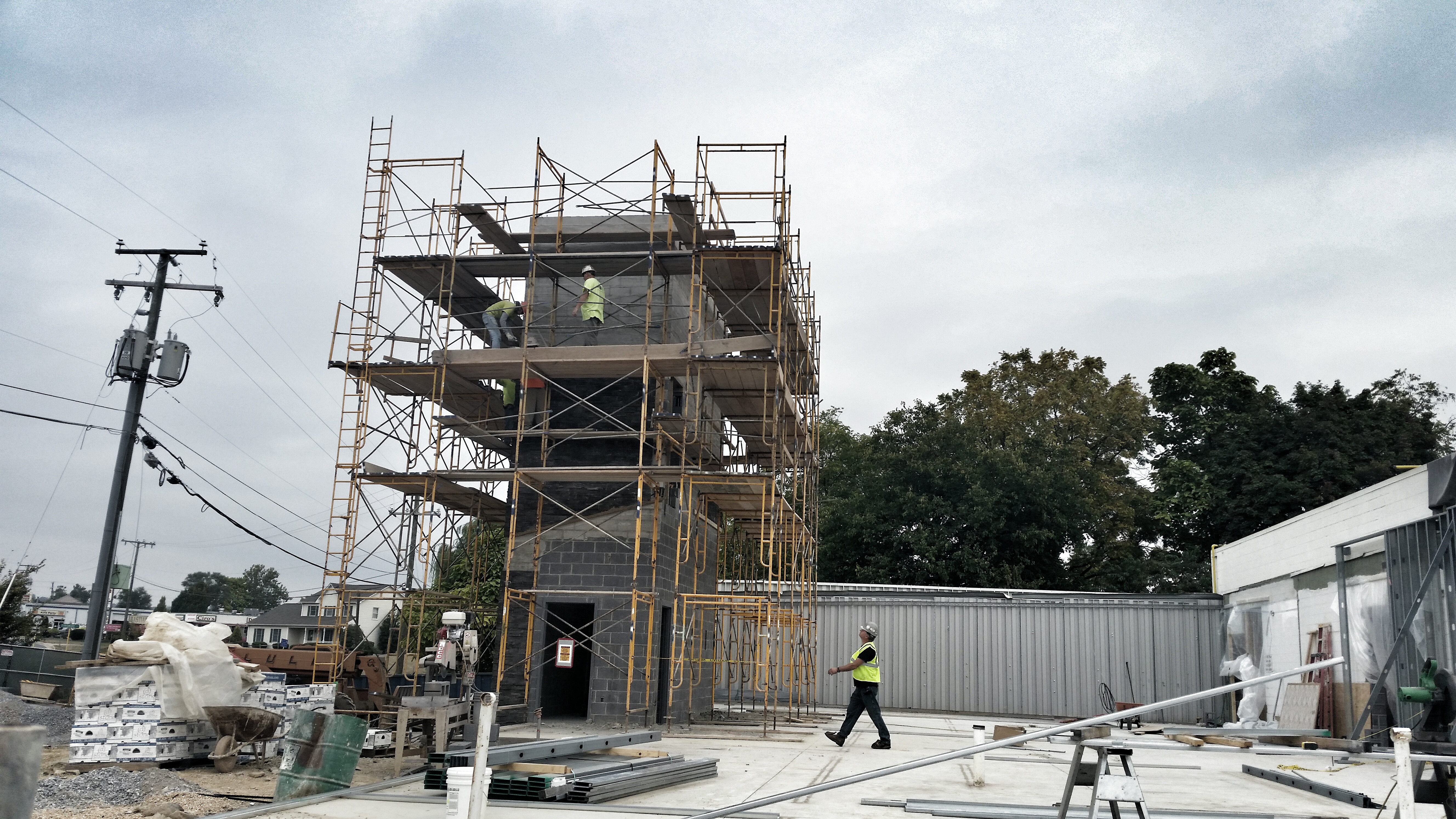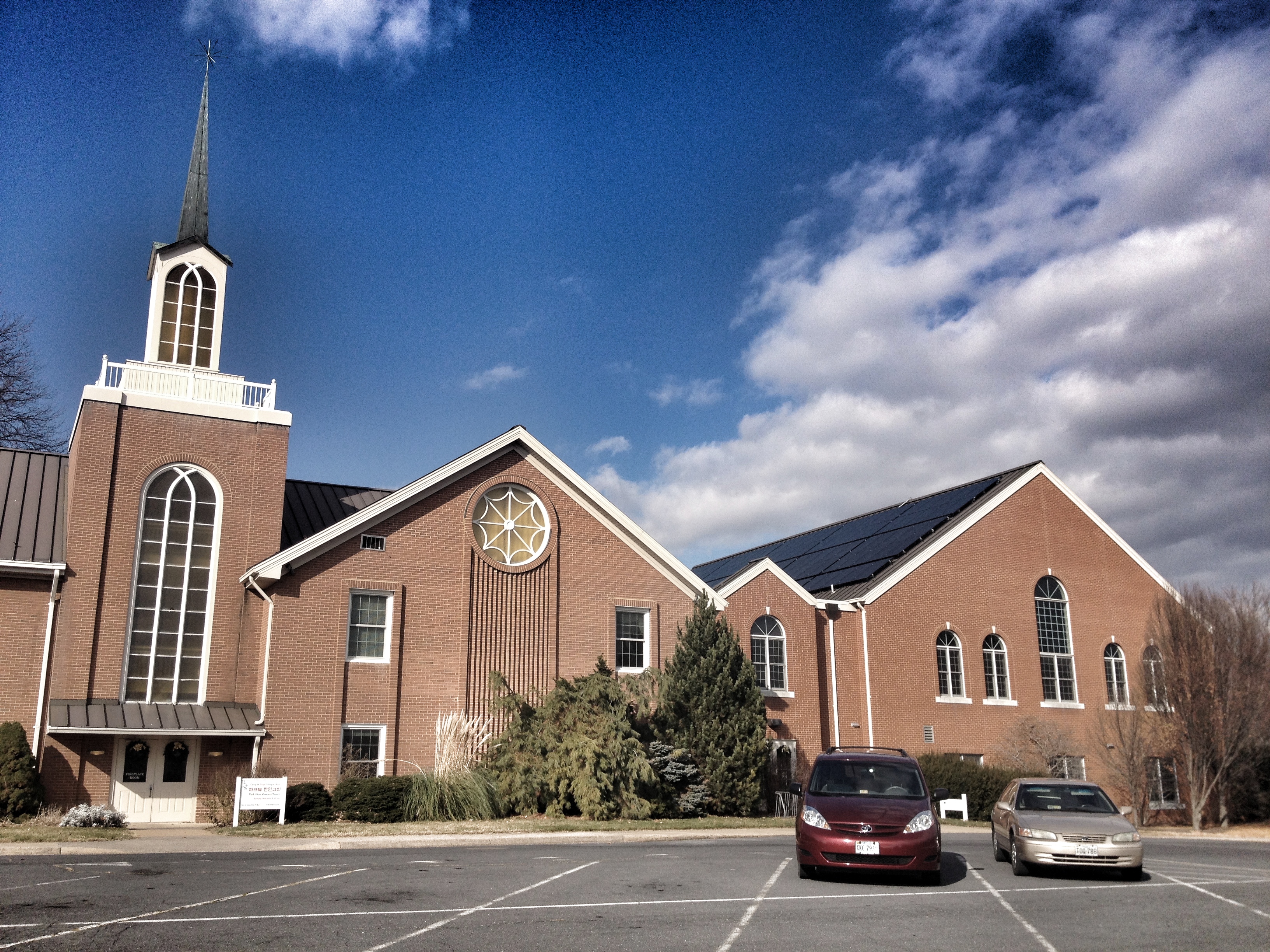by harrisonburgarchitect | Oct 14, 2014 | architecture, Building Science, Harrisonburg Architect
Evangelical environmentalism is a movement in the church community that emphasizes biblical mandates to care for God’s creation called “creation care.” This movement is focused on reducing the impact that a particular congregation has on resources, indoor air quality, environmental quality, energy usage, water consumption, and resource depletion. The work done by creation care committees is a form of mission work for those that will be hardest hit by climate change in impoverished areas of the world as the church’s carbon footprint is diminished.
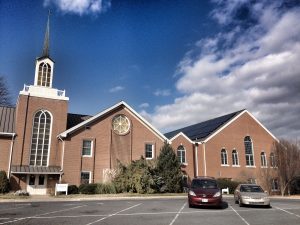
Park View Mennonite Church
We have been working hard at our Park View Mennonite Church to cut the energy usage through various strategies. We have added insulation in key locations, changed to programmable thermostats, and even hired the Natural Garden to push mow our grounds to cut fossil fuel usage. However the biggest impact on our energy usage has been from lighting changes.
We are in process of replacing traditional 4 bulb – 4′ long, 60 watt fluorescent tube lights with two 25 watt LED bulbs in existing fixtures. That is a huge 190 watt savings per fixture and the quality of light has been improved.
 As resources are scarce in most places, they are also very limited in the church. So to keep this re-lamp process as affordable as possible we are keeping the existing fixtures. This involves removing the existing ballast and re-wiring the fixtures to convert to LED bulbs. This not only cuts our cost per fixture by 50%+ versus installing entirely new fixtures, it also reduces the amount of waste material produced by this process to almost nothing. So fixture by fixture we are slowly making a difference. To date we have now cut our lighting wattage by more than 5,000 watts.
As resources are scarce in most places, they are also very limited in the church. So to keep this re-lamp process as affordable as possible we are keeping the existing fixtures. This involves removing the existing ballast and re-wiring the fixtures to convert to LED bulbs. This not only cuts our cost per fixture by 50%+ versus installing entirely new fixtures, it also reduces the amount of waste material produced by this process to almost nothing. So fixture by fixture we are slowly making a difference. To date we have now cut our lighting wattage by more than 5,000 watts.
by harrisonburgarchitect | Oct 13, 2014 | architecture, Harrisonburg Architect
In an age of immediate gratification architecture and construction is a slow process. We started the design for this custom home in Old Town Harrisonburg back in July of 2013 and the clients just moved in late last month – more than a year later. However, the process holds tremendous gratification when your clients dreams can be translated into drawings and then they are revealed slowly through construction. These clients interviewed several contractors including Beck Builders that suggested they hire me to do the design. We started with a simple plan sketch created by the client and a typed list of things they like.

We then followed with a couple of interviews to learn how they live and added photographs found on websites. The result was some line sketches and plans that we presented to the client. This is a fairly normal process of ideas, sketches, conversations, sketches, conversations, sketches, then more formalized drawings and specifications. (If your architect is not writing specifications for your home – you are leaving a lot to chance during construction.)

This home was based on some color concepts, materials they liked, floorplan sketches, conversations about how they live, and the idea of a modern cottage. The result is a modern cottage.

It also has many specific features the are unique to the clients aesthetic tastes from the kitchen to the master bathroom.


The master closet door and railing details add texture and character. The hardwood floors are simple and pure adding to the cottage while pulling in natural colors and patterns.








Keeping the home raised off the earth required a bridge to the door, but allowed for saving more trees on the site. Protecting the site as much as possible was a key focus for this home owner. They have hired The Natural Garden to help enhance the beauty of the site with native landscaping, rock retaining walls, and excellent tree preservation strategies.

The special spaces in the house are varied and provide interest.


However, the roof deck is by far my favorite part of the home.


This house is truly special and I am honored to be part of it.

by harrisonburgarchitect | Oct 11, 2014 | Harrisonburg Architect
My new friend, Joy Loving is working hard to bring economical solar PV to everyone in the valley. Her story is pure, she wants more people to use clean energy here in the valley and is removing all obstacles that are in the way. I asked her to tell her story of how she got to a point of bringing affordable solar PV to her friends and friends she is yet to meet here in the valley – this is what she told me:
“I hope you have heard about Solarize Harrisonburg, a grass-roots effort to bring more solar power to Harrisonburg and Rockingham County. Under this program, people who want to “go solar” leverage their bulk purchasing power to reduce their installation costs significantly. This effort’s early planning, under sponsorship of the Climate Action Alliance of the Valley (CAAV), got underway in spring 2014. I’ve been heading it up since the first public interest meeting in early June. I want to share how I came to be involved. 
My husband and I decided in the summer of 2012 to install solar panels for our home. For some time I had been thinking about how we could lower our carbon footprint and buying a hybrid and putting in solar were the two ways we came up with. Our now two-year-old ground-mounted 7 KW PV system sits on a wonderful south-facing berm beside our garage and generates enough annual energy to cover our electricity usage and then some. It’s been really fun to get electric bills that show no net usage and only a small infrastructure fee and taxes. 
Before and since installation, I spent a lot of time researching my options, the market, the costs, my utility company’s policies and procedures, and the VA law and regulations. I quickly found there are many complexities. I came to realize that, as a net metering customer, I was “fortunate” that my utility, Dominion Power, “allowed” me to send my kilowatts to the grid and credit them against our usage. This is because customers in my service area have not yet exceeded the cap Dominion is authorized by VA law to impose on accepting customer‑generated power. The more I learned the more irritated I got that, once the cap is reached in a service distribution area, a utility can refuse people the ability to generate electricity for the grid and lower their electricity bills. This cap seemed a way to discourage people from making a choice of a renewable energy electricity source and from using this method to reduce their monthly utility bills.
During that time I also began to understand better the role of fossil fuels in contributing to the severe weather events my state and the rest of the US and the world have been and will continue to experience. I realized that my small effort, by itself, would not contribute very much to mitigating the negative climate-caused weather effects. So I decided to try to be part of increasing the “solar footprint” in my part of the Shenandoah Valley and thus reducing our carbon footprint. When I learned about the Solarize Blacksburg movement from the CAAV folks, I saw an opportunity and “went for it”.
I haven’t been alone during the past 4 months of working on Solarize Harrisonburg. I’ve had considerable help from other CAAV members and from Community Power Network (CPN) and its VA SUN affiliate, non-profits that help communities in DC, MD, VA, and WV get more solar power by making it more affordable. Three JMU students also chose to assist me. Also, there are at least 7 other Solarize efforts underway in VA. It’s been very challenging to get the word out to folks but also gratifying to know that in a very short time over 100 persons have expressed strong interest in installing solar. I wish that number were larger but am happy that Solarize Harrisonburg will indeed raise our solar footprint.
 The very favorable pricing that these 100+ people can receive won’t last indefinitely. Signup for the program ends on Halloween, Oct 31. The final public information meeting will happen on October 21 at the main library in Harrisonburg. Details are at http://www.vasun.org/solarize-virginia/solarize-harrisonburg/. Once this program ends, I hope to work on more ways to get solar power into my part of the world.
The very favorable pricing that these 100+ people can receive won’t last indefinitely. Signup for the program ends on Halloween, Oct 31. The final public information meeting will happen on October 21 at the main library in Harrisonburg. Details are at http://www.vasun.org/solarize-virginia/solarize-harrisonburg/. Once this program ends, I hope to work on more ways to get solar power into my part of the world.
Joy Loving
Grottoes”
Joy is one of my heroes in the valley. Thanks for all you are doing for our future.
by cbhendricks | Oct 10, 2014 | architecture, Harrisonburg Architect
The
Shenandoah Builders Association is excited to announce the first annual SVBA Green Playhouse Design Competition.
This event will provide students an opportunity to use their knowledge from math, science, CTE, elective, and MTC classes to design a playhouse. There are two categories of students, those in K – 9 and those in Grade 10 – postgraduate. Students are welcome to participate in an independent project, class project, or just for fun. The designs created should be shown on a 24″ x 36″ poster board, scale drawings, and/or physical model. Submissions are due to the SVBA office by Friday, February 27, 2015, at 57 S. Main St. Suite 211, Harrisonburg, VA.
The winning entry in each category will receive a $50 gift certificate to Larkin Arts and one winning entry will be built at the SVBA Home and Garden show on Saturday, April 11, 2015. This built structure will then be auctioned off to benefit the Explore More Discovery Museum in downtown Harrisonburg. All design entries will be displayed at the SVBA Home and Garden show and can be picked up on Sunday, April 12, 2015, at the Rockingham County Fair Grounds.
For those teachers wanting to use this in their class but a little unsure of how to go about the design process, Harrisonburg architect, Charles Hendricks can assist in getting your class started. Simply contact him to schedule a time to visit your group.
Playhouses should be limited to a 10′ by 10′ structure no taller than 8′ to allow for transport from the SVBA Home and Garden Show should your entry be built.
by harrisonburgarchitect | Oct 9, 2014 | architecture, Harrisonburg Architect
I absolutely love working with clients who daily work to make our community a better place. Attending a job meeting where the design goals are “to make the building functional, humble, and affordable so that we can best serve our community” inspires me to be better. I want to be a better architect for them. I want to be a better community member for them. I want to be a better supporter for them. These are the clients that make my job so enjoyable.
Now the test of my work has begun, the construction process has started at the Blue Ridge Area Food Bank. Now we find out if I was able to achieve their building goals to increase their productivity and capacity to serve the community. This stage of construction is focused on the office portion of the site and prep work in the existing warehouse. The rear parking lot grading is done and the storm water control systems have been installed. This project is a difficult balance between keeping the warehouse functioning while the construction process is moving forward. The site supervisor for Nielsen Builders has to maintain an open road to the rear of the warehouse for daily (sometimes feels like hourly) food delivery and pick up, while keeping construction workers safe and productive. The work is steady and moving forward – I cannot wait to see the office walls go up around this stair tower.



[youtube https://www.youtube.com/watch?v=hbuY38I9loI?list=UUr3GAs9r2HHtrI4pso-DfKg]
by harrisonburgarchitect | Oct 8, 2014 | architecture, Harrisonburg Architect, Leadership
I am an environmentalist. I work daily to help others understand how they can create buildings that are healthy, energy-efficient, and durable. I give lectures about indoor air quality. I advocate for buying local through social media. I recycle, grow produce in our garden, turn off lights not in use, and drive a gas efficient car. I don’t do enough.

This past Sunday at church the sermon was focused on the global community as brothers and sisters. The idea that 2.18 billion Christians live around the world is overwhelming. The thought that each of them could love God’s creation and want to take care of it is humbling. As Pope Benedict XVI says “If you want to cultivate peace, protect creation.” However, I am guilty myself of not doing enough every day to care for God’s creation. For instance, each morning I walk from the parking lot to my office I pass by trash in the parking lot that will be washed into downtown streams in the next rain. I still use fossil fuel based fuels in my home and office instead of safer and healthier alternative energy options. In other words, there is much work to be done in my life to truly care for God’s creation.
I wonder what other Christians are doing and as a global community what impact we are making? Does your church have a creation care committee? Does your church have an environmental impact statement? What do you do daily to care for creation?

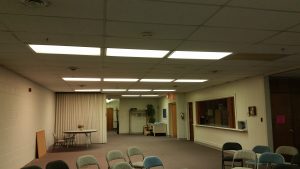 As resources are scarce in most places, they are also very limited in the church. So to keep this re-lamp process as affordable as possible we are keeping the existing fixtures. This involves removing the existing ballast and re-wiring the fixtures to convert to LED bulbs. This not only cuts our cost per fixture by 50%+ versus installing entirely new fixtures, it also reduces the amount of waste material produced by this process to almost nothing. So fixture by fixture we are slowly making a difference. To date we have now cut our lighting wattage by more than 5,000 watts.
As resources are scarce in most places, they are also very limited in the church. So to keep this re-lamp process as affordable as possible we are keeping the existing fixtures. This involves removing the existing ballast and re-wiring the fixtures to convert to LED bulbs. This not only cuts our cost per fixture by 50%+ versus installing entirely new fixtures, it also reduces the amount of waste material produced by this process to almost nothing. So fixture by fixture we are slowly making a difference. To date we have now cut our lighting wattage by more than 5,000 watts.
